Cardiff has been named the UK’s go-to location for urban wildlife, but what forms of nature make it so special?
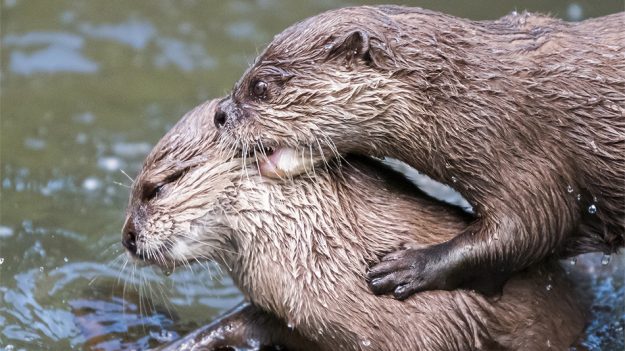
Despite its status as a large urban centre, Cardiff has a wide array of interesting urban wildlife. In fact, the RSPB (Royal Society for the Protection of Birds) named it the UK’s premier spot for urban wildlife in 2015, with many Cardiffians in enthusiastic agreement.
According to RSPB’s gardening expert Adrian Thomas, as reported by Wales Online, while London offers competition in terms of some unique areas for wildlife: “For the size of the city, the variety it packs into it and for the sheer extent of green spaces, Cardiff won out there…for where Cardiff is and what area it covers, to have all that wildlife in it really is quite special.”
What earned Cardiff this prestigious position? One of the reasons is that it has a particularly vibrant bird scene. You can see kingfishers at Cardiff Bay, and in June and July, Cardiff becomes a hotspot for swifts who migrate from Africa to the UK to breed. Swifts seldom leave the skies, with their feeding, sleeping and even mating taking place during flight. They land only to nest, which they do in hundreds.
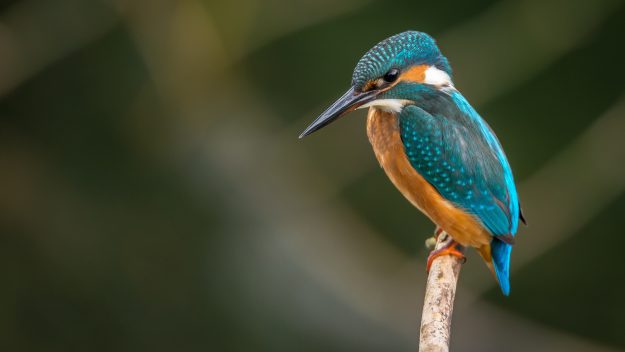
One can see them flying around the city’s rooftops in the early morning and around dusk searching for a decent nesting site. When they find a roof space to nest in, they return to it year after year. Some of these nesting sites have been the refuge of swifts for generations.
Another bird that nests on Cardiff’s rooftops, although difficult to spot, is the peregrine falcon. The species nests in high, undisturbed places: traditionally on cliffs in mountainous areas and along the coast. However, they have increasingly been appearing in cities across the UK, and have shown themselves to be very adaptable to urban environments. Cardiff’s city hall clock tower serves as a perfect vantage point for these birds, and for a number of years, a pair of peregrines have been seen nesting and successfully rearing chicks. Peregrines prey on other birds, such as thrushes and pigeons, and can reach speeds of over 100mph in the pursuit. Around May is when the young ones leave the nest and take their first flight.
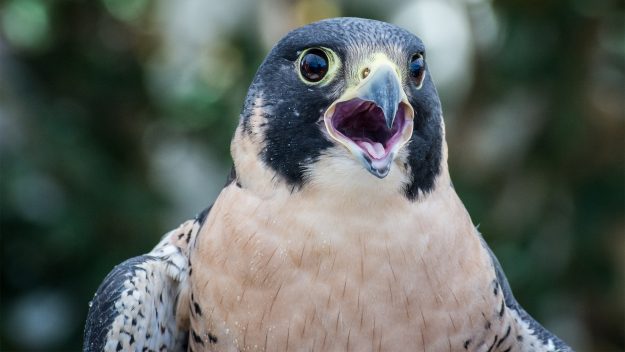
These birds aren’t the only flying creatures that have made Cardiff their stronghold. Up to 11 species of bat have been recorded in Cardiff, out of the 17 known to breed in the UK. Of these, the most common are pipistrelles and noctule bats, which you can find roosting in trees, buildings, caves and under bridges across Cardiff. You may also find Daubenton’s bats feeding on flying insects above the waters of the city’s rivers and Cardiff Bay. You can also take a guided bat walk at St Fagan’s National History Museum, where you can see the lesser horseshoe bat, one of the rarest and smallest bat species in the UK. Generally, these bats tend to roost in old houses, churches, stables and barns, although you can also find them in Cardiff’s Lesser Garth Cave. They feed on midges, moths, beetles and spiders, hunting using echolocation.
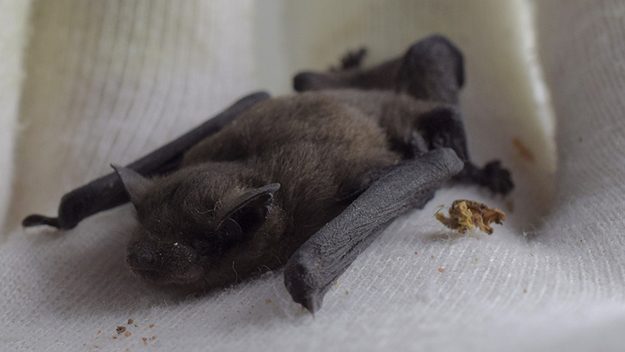
Cardiff’s rivers are also a great place to look. Otters can be found in all of them and also around Cardiff Bay, although they are nocturnal and shy by nature. They also rest and breed in underground dens, known as holts, and in dense riverbank vegetation. Their diet is mainly comprised of fish but they also eat birds, small mammals, amphibians, crustaceans and molluscs. While they are difficult to spot, their omnipresence in Cardiff’s waters clearly signifies the city’s healthy ecosystem.
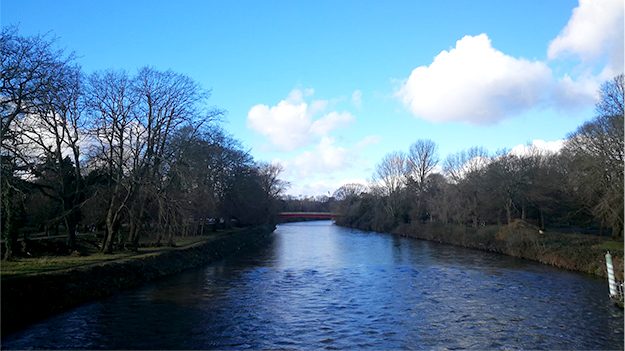
However, some of these animals are at risk. Swifts’ breeding numbers have plummeted by 51% between 1995 and 2015. Conservationists are concerned that they may be vulnerable to building works, as these can disrupt and destroy long-standing nesting sites on rooftops. The lesser horseshoe bat is also threatened, with their numbers having declined across the UK. They are particularly vulnerable to starvation and insecticides. The number of places they can be seen has also dwindled, and they are now found only in Wales, the west midlands and south-west England. Cardiff though has a number of protected roosting sites, thus serving as a refuge for this diverse wildlife.
Crucial in preserving the future of Cardiff as an ecologically vibrant city is for there to be more awareness on the part of Cardiffians as to the wonders of nature existing on their doorstep, and their importance in forming Cardiff’s distinct identity.
